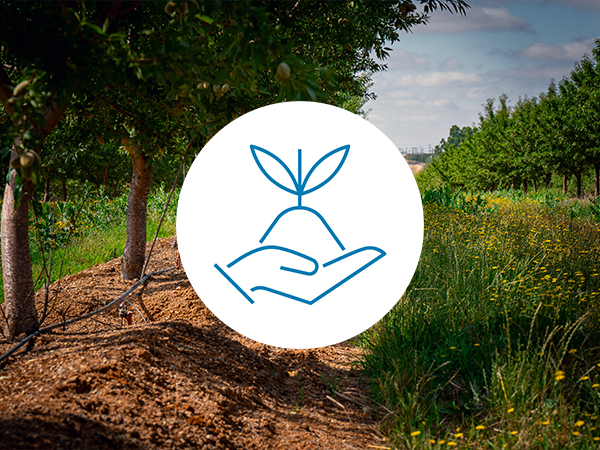Course Description
The Almond Irrigation Improvement Continuum, developed by UC Davis and the Almond Board, serves as a comprehensive guide to optimize irrigation management for almond growers. This 150-page publication emphasizes practical irrigation practices over system design, targeting five key areas: evaluating the irrigation system, understanding water use, determining applied water, monitoring soil moisture, and assessing plant stress. Each practice is detailed across three levels, from basic to advanced techniques, allowing growers to progressively refine their irrigation strategies. For instance, system evaluation begins with spot-checking pressures and advances to comprehensive distribution uniformity evaluations. Water use estimation progresses from historical data to real-time data collection, while applied water determination evolves from using manufacturer-provided rates to comparing flow meter readings with evapotranspiration recommendations. Monitoring soil moisture and plant stress follows a similar progression, incorporating increasingly sophisticated tools and techniques. Additionally, the video underscores the critical role of data and technology in improving irrigation efficiency, highlighting the need for uniform water distribution across orchards to mitigate yield discrepancies. The importance of regular system evaluations, addressing issues like plugging and pressure variations, is emphasized to ensure consistent water delivery. Effective water and nutrient management are also pivotal in maintaining tree health and optimizing yield, addressing phenomena like spur mortality and alternate bearing patterns. The continuum’s structured approach helps growers make informed decisions, enhancing both crop yield and water efficiency, ultimately supporting sustainable almond production.
Course Objectives:
After completing this course, learners will be able to:
- Understand the structure and purpose of the Almond Irrigation Improvement Continuum, developed by UC Davis and the Almond Board, as a tool to optimize irrigation management for almond growers.
- Identify the five key areas of irrigation practices outlined in the continuum: system evaluation, water use understanding, applied water determination, soil moisture monitoring, and plant stress assessment.
- Recognize the progressive levels of irrigation management techniques, from basic to advanced, and how growers can incrementally refine their irrigation strategies for better efficiency.
- Learn practical approaches for evaluating irrigation systems, including spot-checking pressures and conducting comprehensive distribution uniformity evaluations to ensure consistent water delivery.
- Explore methods for determining water use and applied water, progressing from using historical data and manufacturer rates to real-time data collection and comparing flow meter readings with evapotranspiration recommendations.
- Understand the importance of monitoring soil moisture and plant stress using increasingly sophisticated tools to make informed irrigation decisions and improve water efficiency.
- Discover the critical role of technology and data in improving irrigation management, including how uniform water distribution can mitigate yield discrepancies across almond orchards.
- Recognize the importance of regular system evaluations and addressing issues like plugging and pressure variations, to maintain consistent and effective irrigation practices.
- Understand how proper water and nutrient management can support tree health, address challenges like spur mortality and alternate bearing, and ultimately enhance crop yield.
- Apply the structured approach of the continuum to make informed decisions, enhancing both crop yield and water efficiency, and supporting sustainable almond production.

